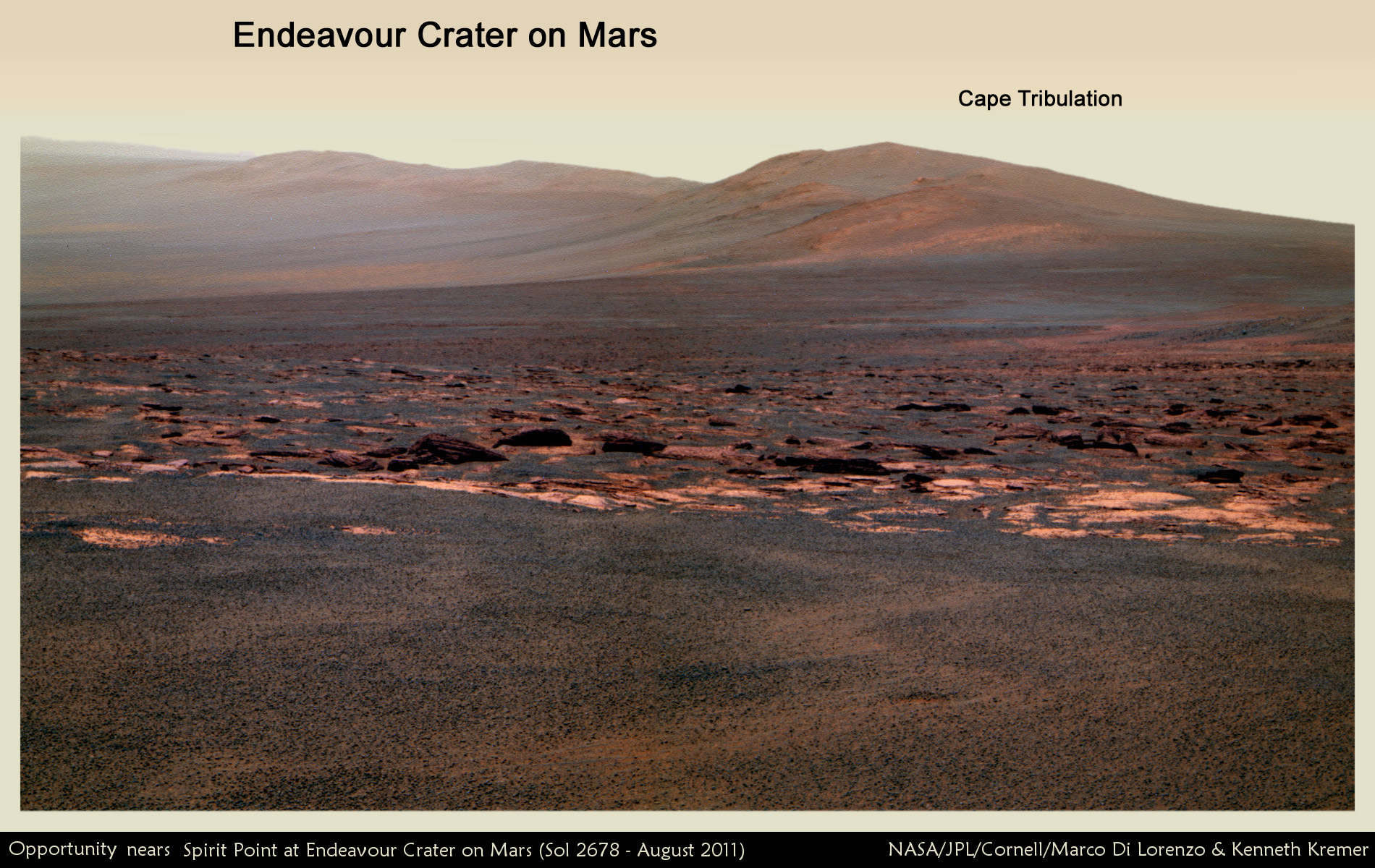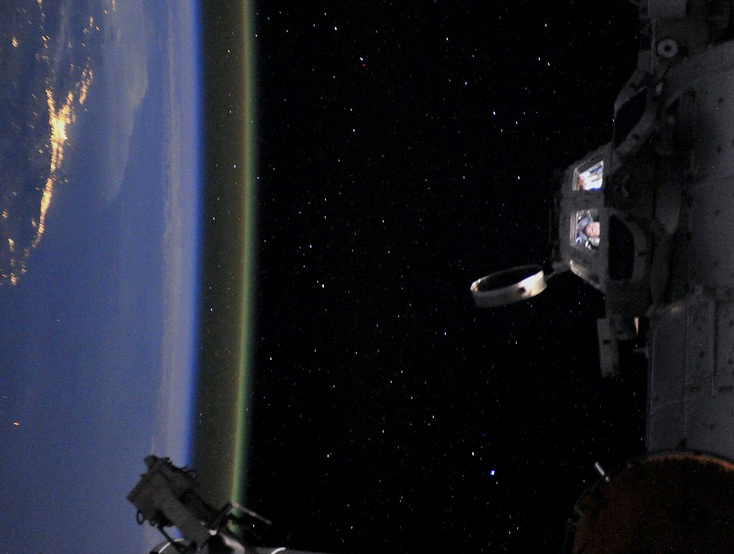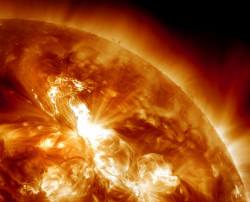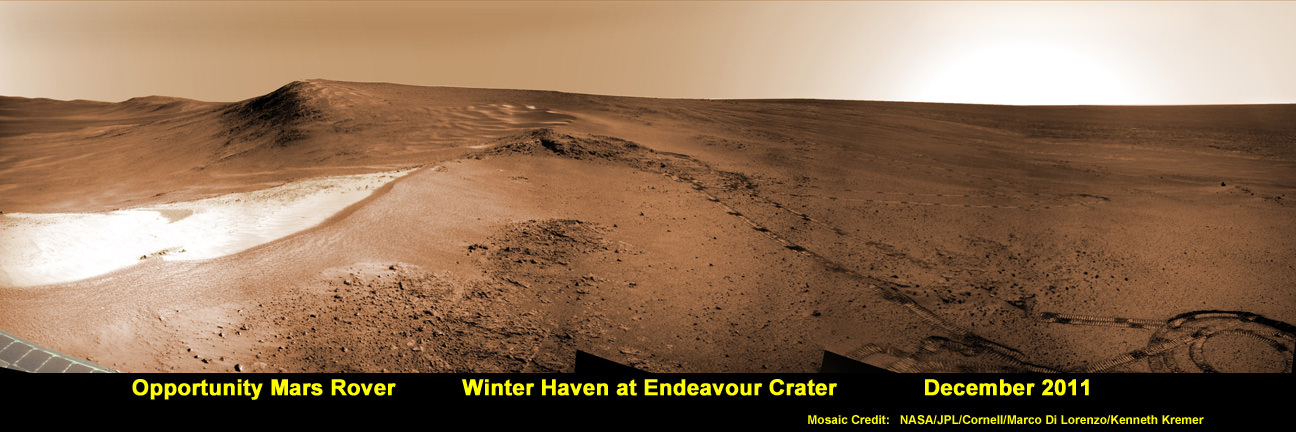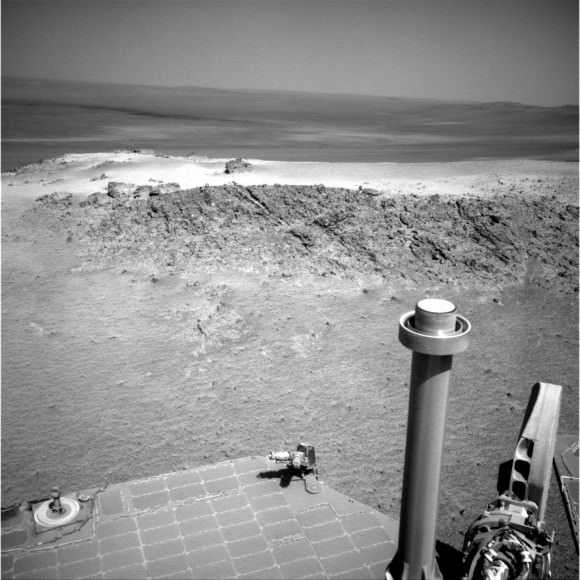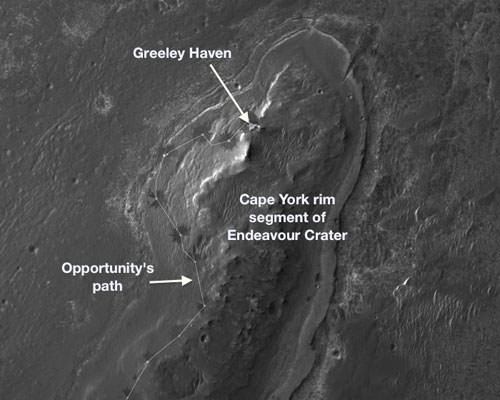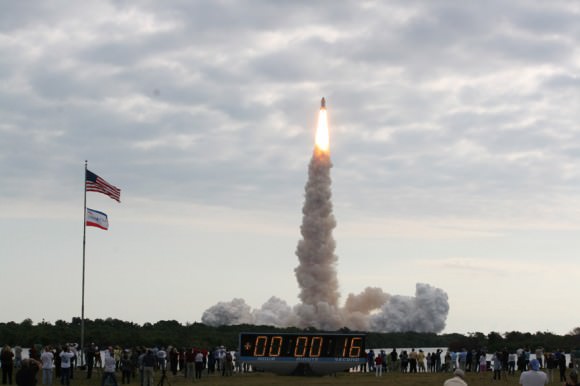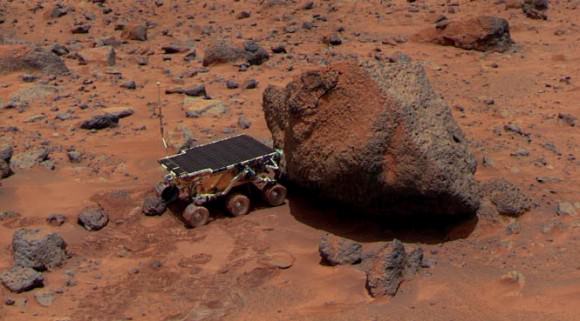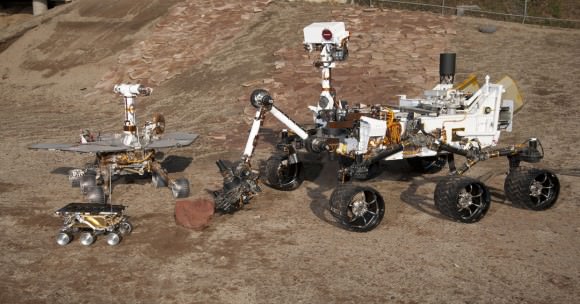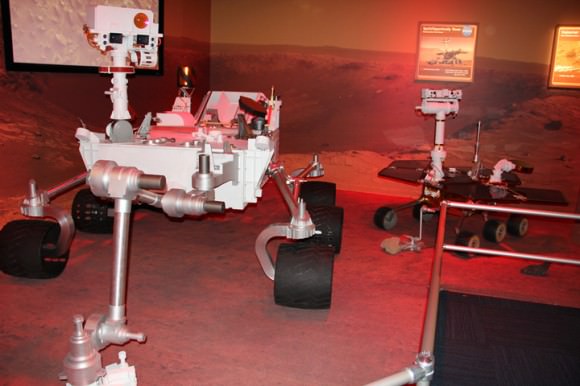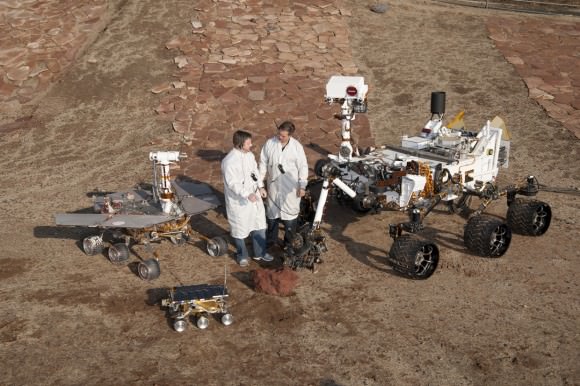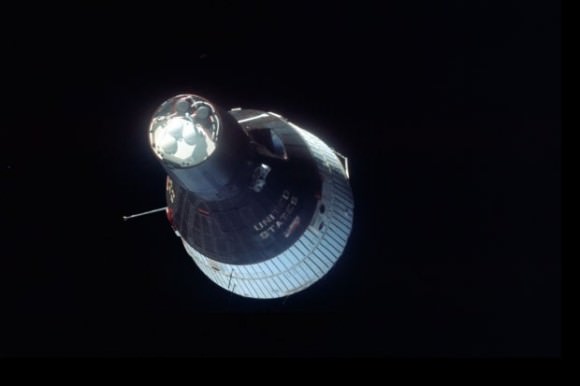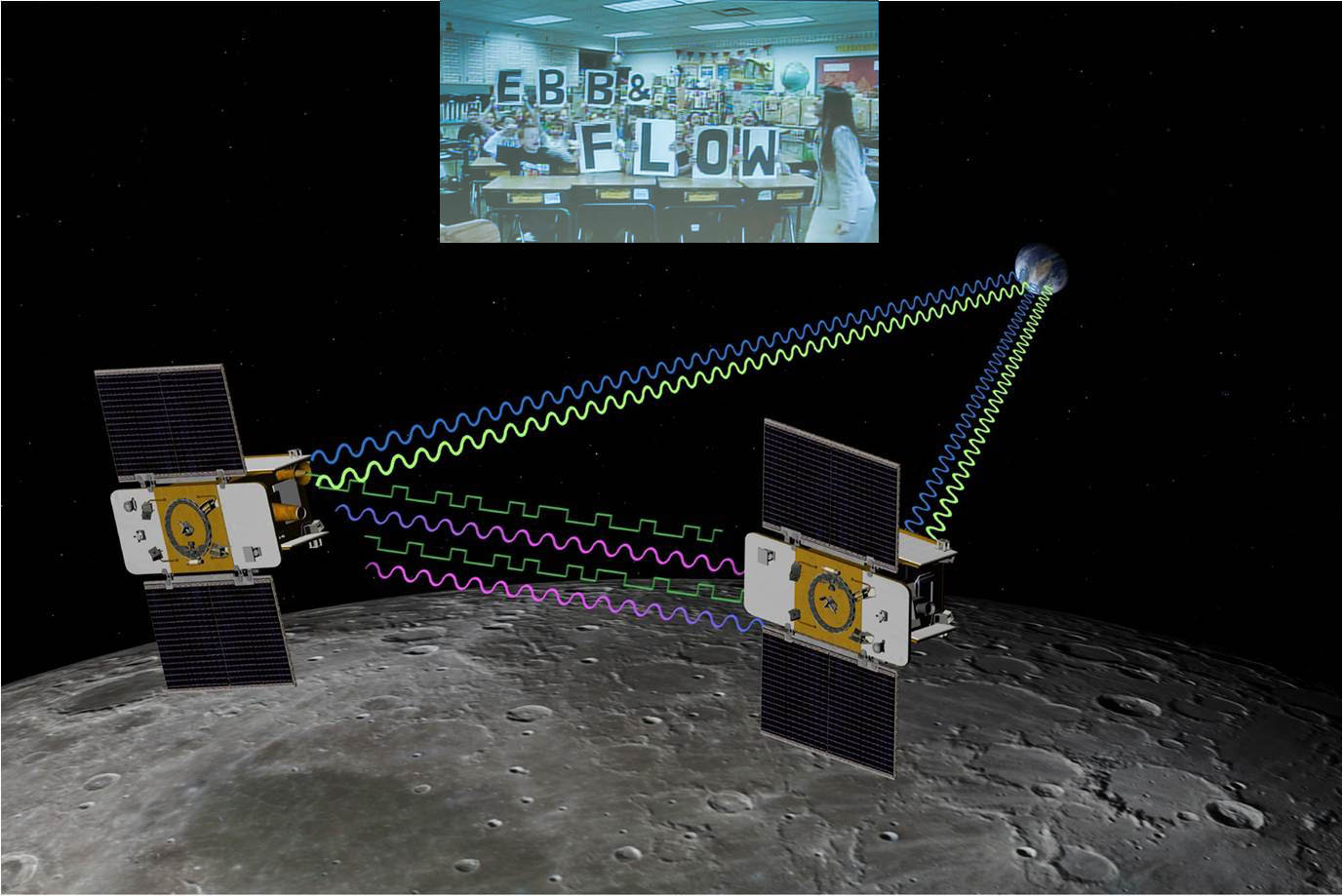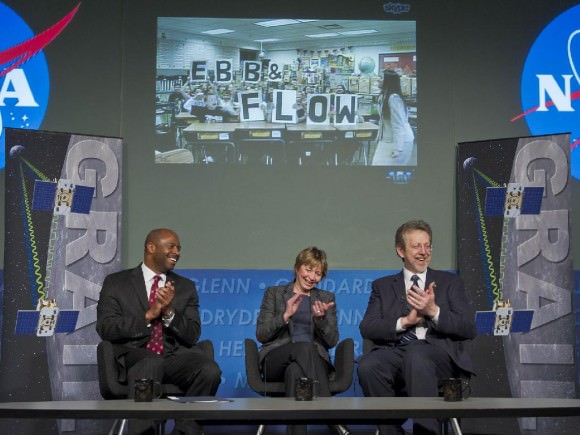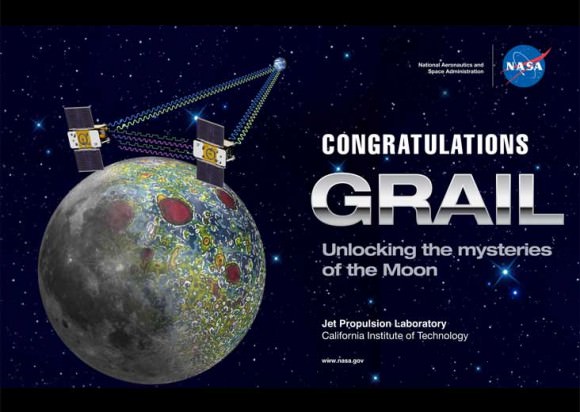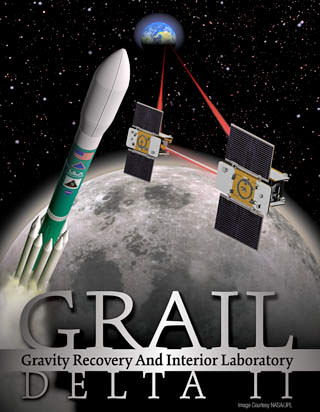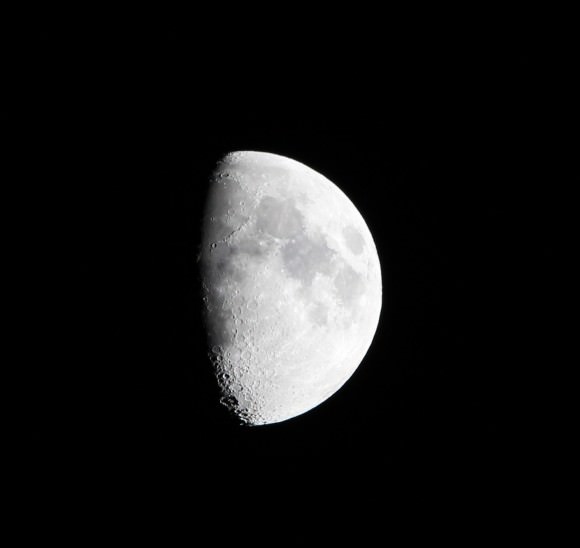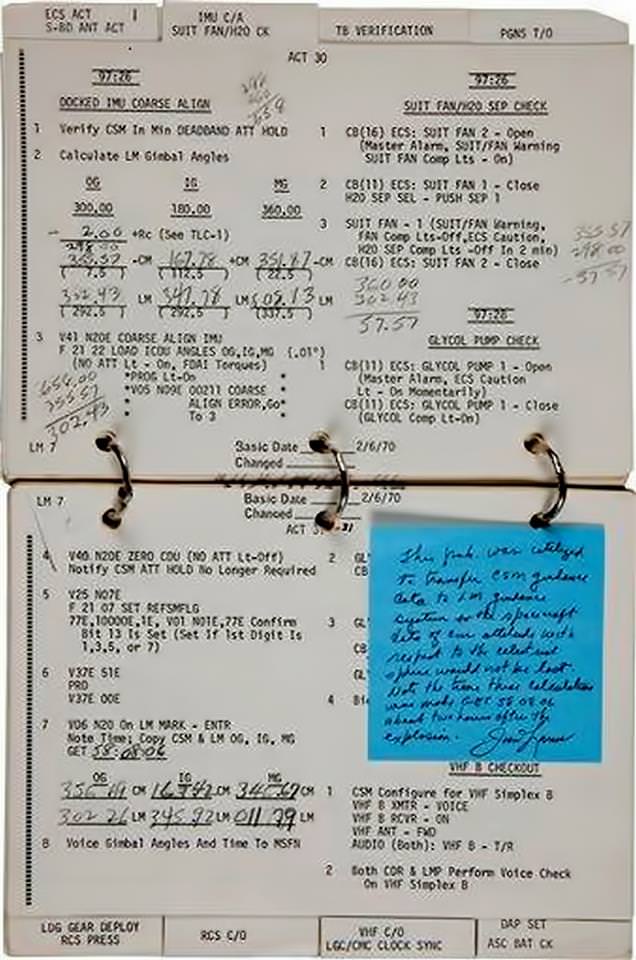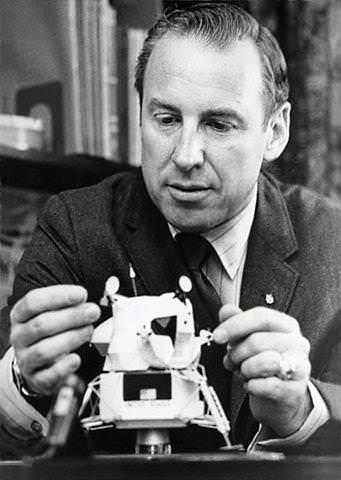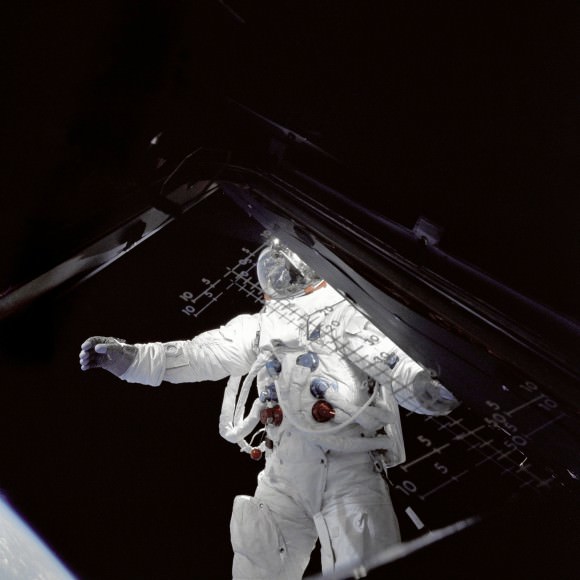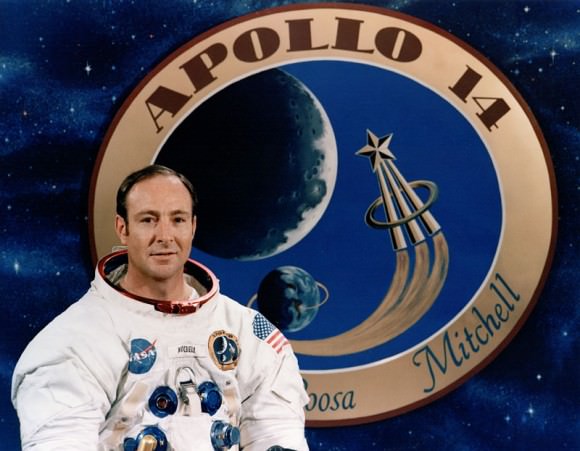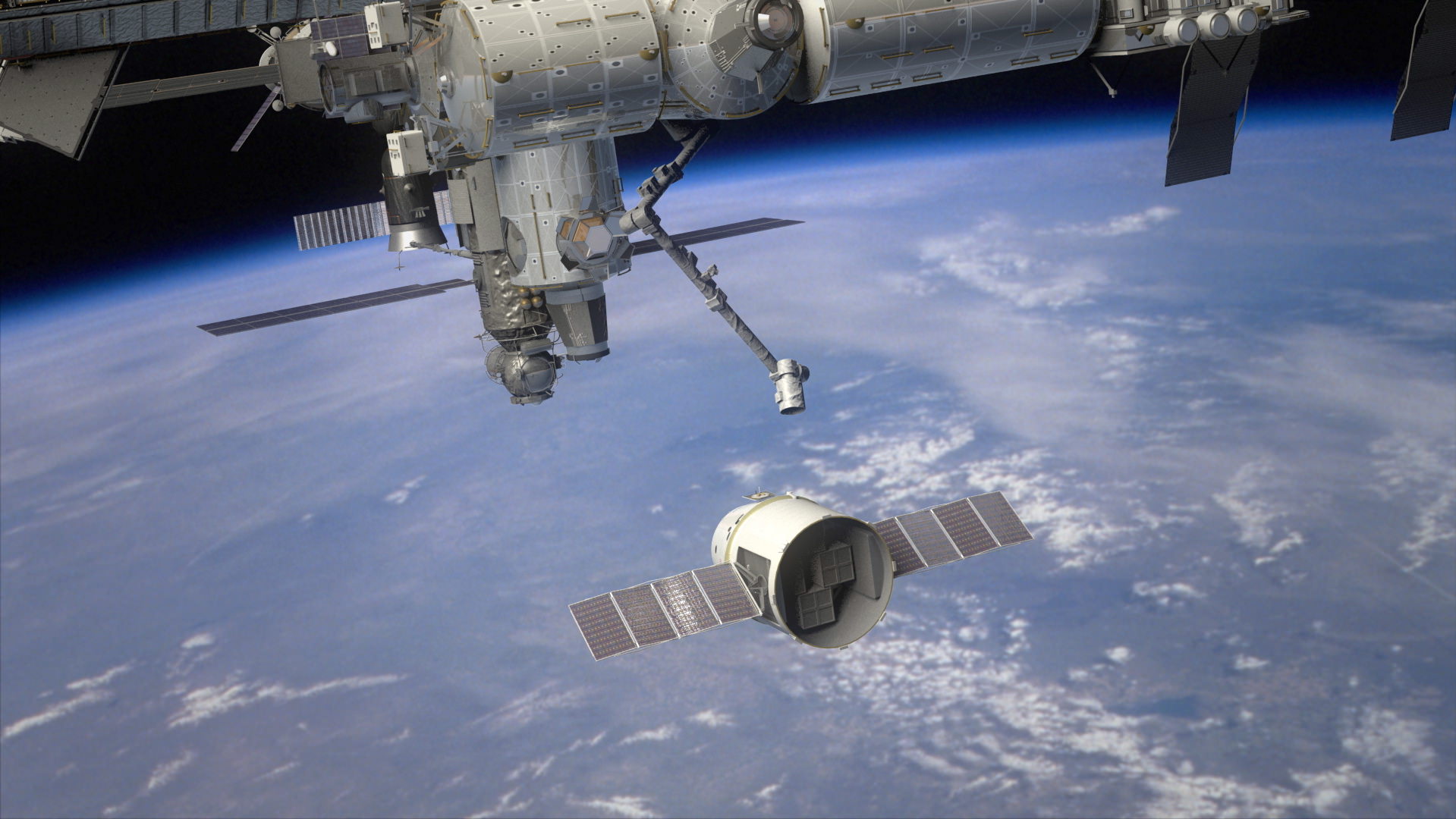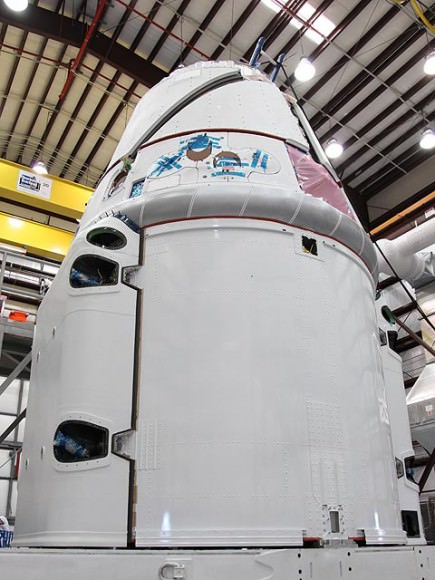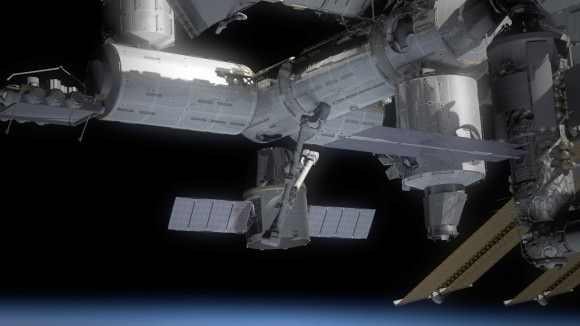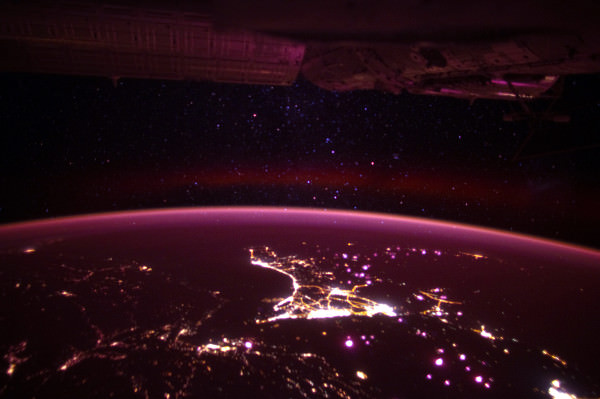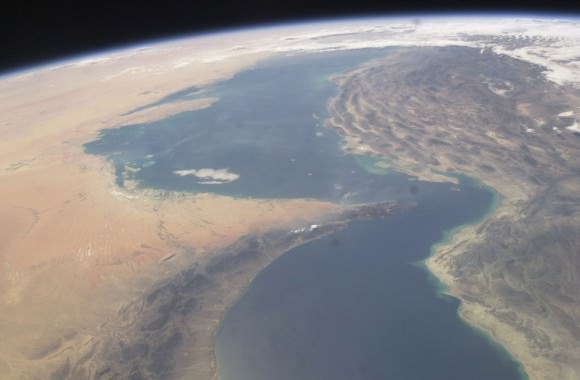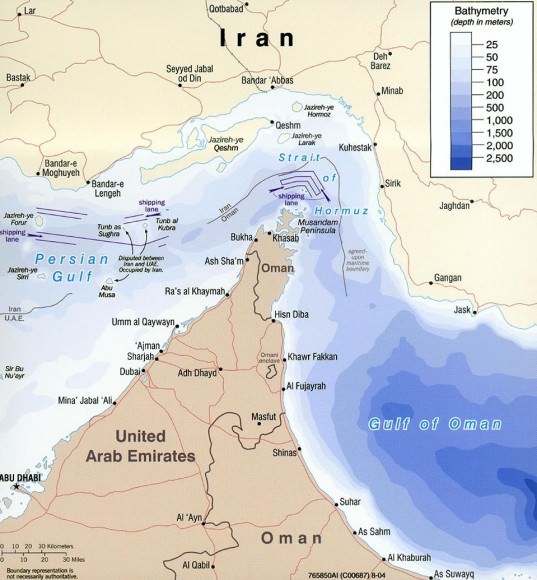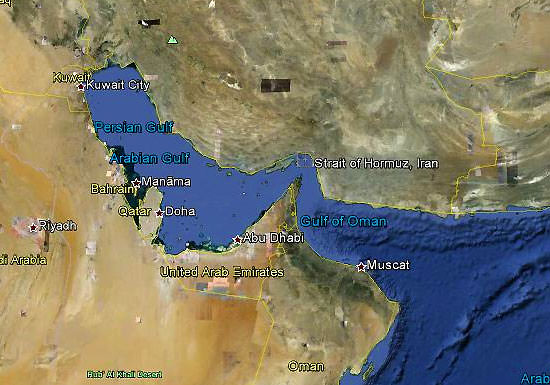[/caption]
Today, the resilient Opportunity robot begins her 9th year roving around beautifully Earth-like Martian terrain where potentially life sustaining liquid water once flowed billions of years ago.
Opportunity celebrates her 8th anniversary on the Red Planet gazing at the foothills of the vast crater named Endeavour, promising a “mother lode” of “watery” science – an unimaginable circumstance since the nail biting landing on the hematite rich plains of Meridiani Planum on 24 January 2004.
“Opportunity is 97 months into the 3 month mission,” team members are proud and universally surprised to say.
“Milestones like 8 years on Mars always make me look forward rather than looking back,” Rover Principal Investigator Prof. Steve Squyres of Cornell University told Universe Today for this article commemorating Opportunity’s landing.
“We’ve still got a lot of exploring to do, but we’re doing it with a vehicle that was designed for a 90-sol mission. That means that every sol is a gift at this point.”
Opportunity has driven more than 21 miles (34 kilometers) across the Red Planet’s surface during what is truly humankind’s first overland expedition on another Planet. See our route map below.
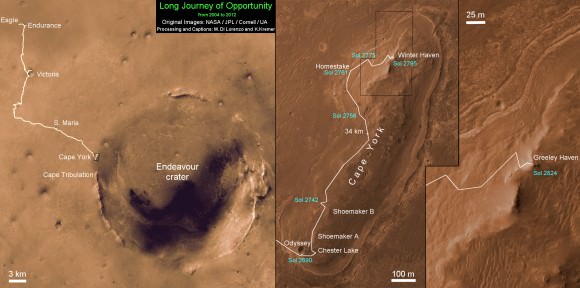
Traverse map shows the 8 Year Journey of Opportunity from Eagle Crater landing site on Sol 1- Jan. 24, 2004 - to 5th Winter Haven worksite at Greeley Haven at Endeavour Crater rim in January 2012. Opportunity embarked on a crater tour and discovered bountiful evidence for the flow of liquid water on Mars billions of years ago. The robot has shown that ancient ephemeral shallow lakes existed on Mars when the cratered terrain was cut by fluvial channels. Endeavour Crater is 14 miles (22 kilometers) in diameter. Opportunity has so far driven more than 21 miles (34 km) over 8 Years but was only expected to live for 90 Martian days. Credit: NASA/JPL/Cornell/UA/Marco Di Lorenzo/Kenneth Kremer
NASA’s twin rovers Spirit and Opportunity blasted off for Mars atop a pair of Delta II rockets in the summer of 2003 with a mission “warranty” of just 90 Martian days, or Sols.
Today is Sol 2846 of working operations for Opportunity, compared to an anticipated lifetime of only 90 Sols – that amounts to more than 31 times beyond the designer’s expectations.
Indeed, the long lived robot is now enduring her 5th Winter on Mars. And to glimpse the next Martian sunrise, the robo girls manmade components must survive the harsh extremes of frigid Antarctic-like temperatures each and every sol.
“I never thought that we would still be planning sequences for Opportunity today,” Ray Arvidson told Universe Today. Arvidson, of Washington University in St. Louis, is the deputy rover principal investigator.
“I seriously thought both Spirit and Opportunity would be finished by the summer of 2004.”
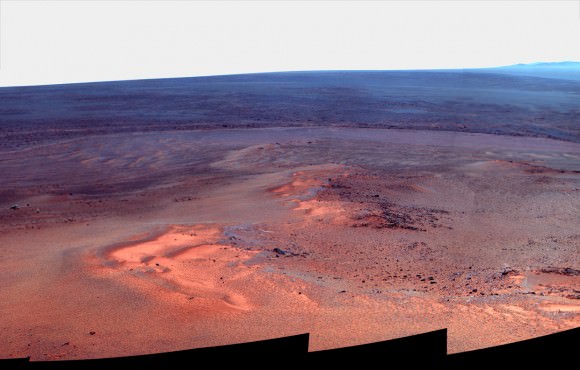
But, Opportunity is the gift to science that keeps on giving.
“I am feeling pretty good as the MER rover anniversaries approach,” Arvidson told me.
“Opportunity has shown that ancient ephemeral shallow lakes existed as Mars moved climatically from an early period when the cratered terrain was cut by fluvial channels to the current dry and cold conditions that dominate.”
“Both rovers have conclusively shown the need for lateral mobility to get to relevant outcrops and back out the secrets associated with past conditions,” Arvidson explained.
Barely a month ago the bountiful harvest from mobility was once again demonstrated when the science team lead by Squyres and Arvidson announced that Opportunity had discovered the most scientifically compelling evidence yet for the flow of liquid water on ancient Mars.
Squyres and Arvidson announced that Opportunity had found a bright vein – named “Homestake” – composed of the mineral gypsum located at the Cape York segment of Endeavour Crater where the intrepid robot is currently spending her 5th Martian Winter.
“This gypsum vein is the single most powerful piece of evidence for liquid water at Mars that has been discovered by the Opportunity rover,” Squyres explained.
Veins are a geologic indication of the past flow of liquid water.
See our mosaic below illustrating the exact location of the “Homestake” vein at Endeavour Crater – also published at Astronomy Picture of the Day; 12 Dec 2011.
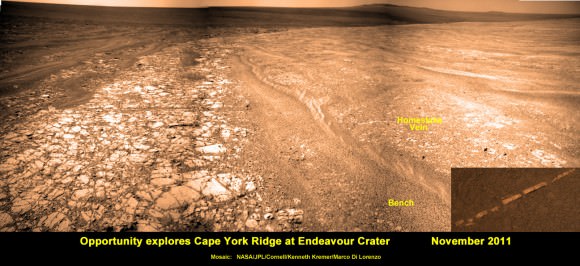
Opportunity rover discovered Gypsum at the Homestake mineral vein, while exploring around the base of Cape York ridge at the rim of Endeavour Crater. The vein is composed of calcium sulfate and indicates the ancient flow of liquid water at this spot on Mars. This panoramic mosaic of images was taken on Sol 2761, November 2011, and illustrates the exact spot of the mineral vein discovery.
Credit: NASA/JPL/Cornell/Kenneth Kremer/Marco Di Lorenzo
Published on Astronomy Picture of the Day (APOD): 12 Dec 2011
Opportunity just arrived at the rim of the 14 mile (22 kilometer) wide Endeavour Crater in mid-August 2011 following an epic three year trek across treacherous dune fields from her prior investigative target at the ½ mile wide Victoria Crater.
“It’s like a whole new mission since we arrived at Cape York,” says Squyres.
For the next few months of the bitterly cold Martian winter, Opportunity will conduct a vigorous science campaign while remaining mostly stationary at a spot dubbed “Greeley Haven” in honor of Prof. Ronald Greeley, a team member from Arizona State University who recently passed away.

This mosaic shows the view of NASA’s Opportunity rover parked at “Greeley Haven” worksite where the robot will spend her 5th Martian Winter. This mosaic of images shows the Winter Haven view from the Cape York Ridge at the western rim of Endeavour Crater looking south along the crater rim. Tire tracks at right. Credit: NASA/JPL/Cornell/ Marco Di Lorenzo/Kenneth Kremer
At this moment Opportunity is snapping a 360 degree panorama, deploying her robotic arm onto nearby outcrops, collecting microscopic images, making measurements of mineral compositions with the Alpha Particle X-Ray Spectrometer and conducting radio science observations to elucidate the unknown structure of the Martian interior and core.
The rover is covered with a significant coating of dust which limits her ability to generate power from the life sustaining solar arrays. Since Opportunity is traversing just south of the equator, engineers have temporarily parked her on a northerly facing slope to maximize the electric power generation.
“Opportunity is currently sitting on an outcrop of impact breccias at Greeley Haven on Cape York,” said Arvidson.
Opportunity will remain at Greeley Haven until some time after the Winter Solstice of southern Martian winter occurs at the end of March.
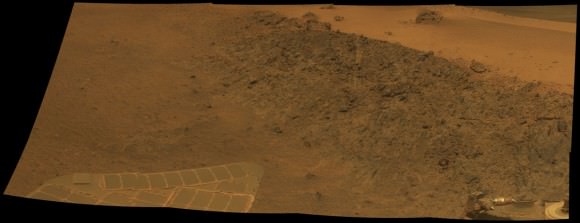
Then she’ll head south to further explore the veins and eventually drive to deposits of the clay mineral located a few miles (km) away along the craters rim.
“We’ll do good science while we’re at Greeley Haven. But as soon as we catch a wind gust or the seasons change, we’ll be on our way again,” Squyres told me.
The legendary twins Spirit and Opportunity surely rank as one of the greatest triumphs in space exploration.

